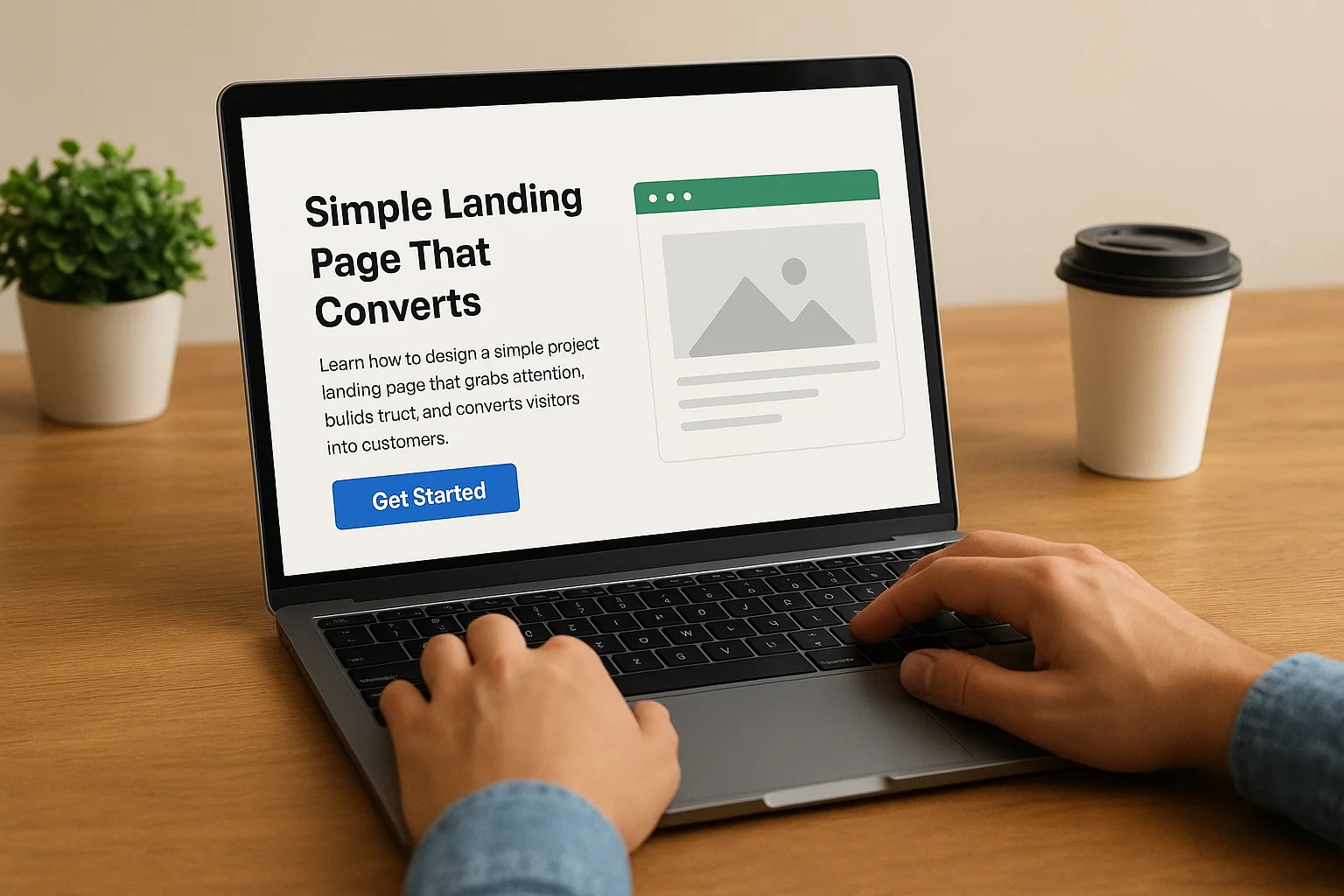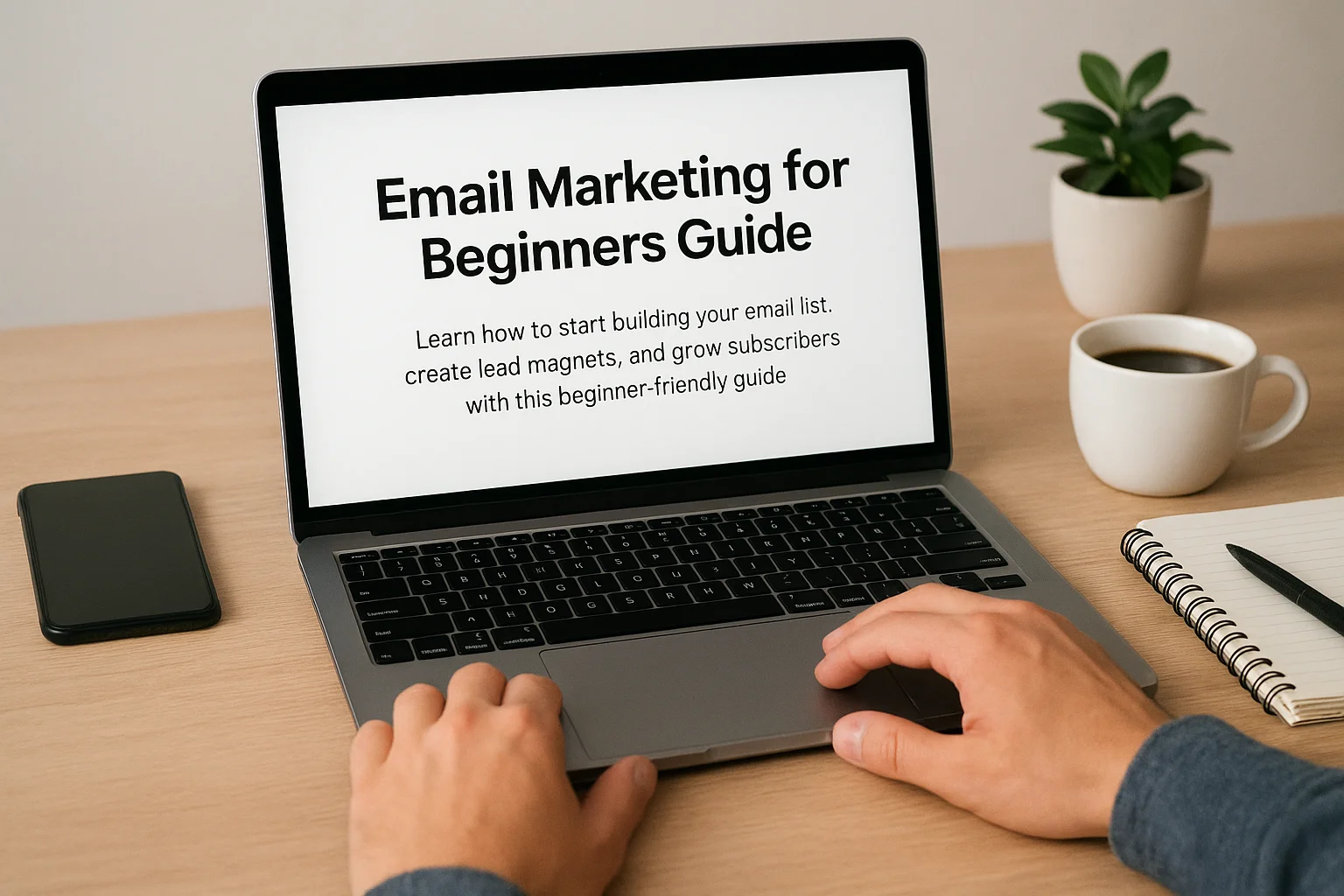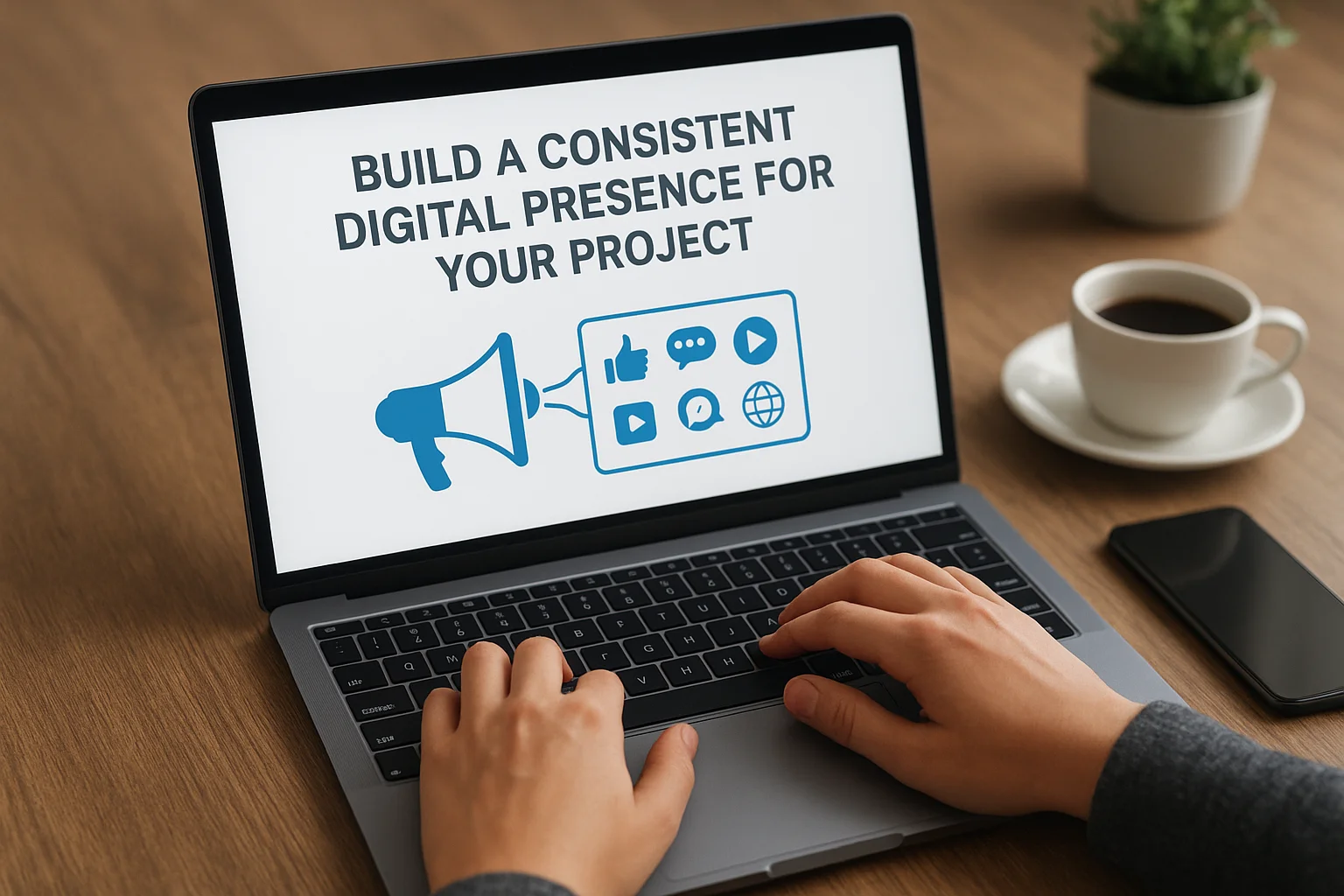Strategies to Retain Your First Users

Understanding the Importance of Early User Retention
Retaining your first users is not just about keeping numbers steady—it is about establishing a foundation for long-term growth. Early users are often the most engaged and passionate about your product, and their behavior sets the stage for future adoption patterns.
High retention rates among early users signal product-market fit. When these users continue to return, it shows that your product solves a real problem and meets expectations. Conversely, losing a large portion of first users can indicate issues in onboarding, product value, or user experience that need immediate attention.
Early adopters also serve as invaluable sources of qualitative insights. Observing how they interact with your product can reveal friction points, highlight the most valuable features, and guide your roadmap decisions. Their feedback often shapes future updates and helps you prioritize improvements that matter most.
From a business perspective, retaining early users is financially beneficial. Acquiring new users is significantly more expensive than keeping existing ones. By focusing on retention early, you reduce the cost of growth and create a more sustainable user acquisition strategy.
Finally, first users often become advocates or brand ambassadors. A loyal early user base can generate organic growth through word-of-mouth, testimonials, and social sharing. Their engagement amplifies your reach without additional marketing spend, making early retention a critical component of your overall growth strategy.
Onboarding That Delights: Creating a Smooth First Experience
Onboarding is the moment when a user forms their first impression of your product. A smooth, well-designed onboarding process can transform a curious visitor into an engaged user. The goal is to make the first interactions intuitive, rewarding, and memorable.
Effective onboarding often starts with clarity and simplicity. Avoid overwhelming new users with too many features at once. Focus on the core functionalities that deliver immediate value, and guide them step by step through actions that demonstrate your product’s main benefits.
Interactive tutorials, tooltips, and contextual hints can make the experience more engaging. Users appreciate when the platform anticipates their needs and reduces friction in learning how to use the product. For example, highlighting the next logical step or offering quick actions helps users experience success early, which increases confidence and satisfaction.
Personalization during onboarding can also boost engagement. Asking a few targeted questions to understand a user’s preferences or goals allows you to tailor the experience. When users feel that the product adapts to their needs from the start, they are more likely to develop a sense of ownership and commitment.
Finally, micro-interactions and immediate feedback during onboarding can enhance delight. Simple confirmations, progress indicators, or rewards for completing initial steps make users feel accomplished and motivated. These small but meaningful touches create a positive emotional connection that encourages users to return and explore more.
Building Trust Through Clear Communication
Trust is a cornerstone of user retention, and clear communication is one of the most effective ways to build it. Users are more likely to stay engaged when they feel informed, supported, and confident in your product.
Transparency is key. Always communicate changes, updates, or potential issues proactively. For example, informing users about scheduled maintenance, new features, or policy adjustments demonstrates respect for their time and helps avoid frustration. This approach fosters a perception of reliability and honesty.
Consistent messaging across all channels—email, in-app notifications, social media, or customer support—reinforces trust. Users should not feel confused by conflicting information. Maintaining a consistent tone and voice ensures that your brand feels dependable and professional.
Active and responsive support also strengthens trust. Promptly addressing questions, acknowledging concerns, and providing clear solutions shows users that their experience matters. Even simple gestures like confirming receipt of feedback or providing estimated resolution times can significantly improve perception.
Additionally, setting realistic expectations is crucial. Avoid overpromising features or results. Clearly explaining what your product can and cannot do helps prevent disappointment and builds credibility. Users are more likely to stay loyal to a product that meets their expectations reliably, rather than one that underdelivers despite hype.
Finally, incorporating educational content and guidance helps users feel empowered. Tutorials, FAQs, and tips delivered in a clear and accessible manner not only reduce confusion but also position your brand as a trusted advisor. Users who feel knowledgeable about your product are more likely to engage deeply and consistently.
Leveraging Feedback to Improve Quickly
Feedback from your first users is a goldmine of insights that can guide the evolution of your product. When collected and analyzed effectively, it allows you to identify pain points, validate assumptions, and prioritize improvements that have the greatest impact.
Start by creating multiple channels for users to share their thoughts. This could include in-app surveys, email follow-ups, live chat, or social media engagement. The more accessible the feedback process, the more likely users are to provide honest and actionable insights.
Once feedback is collected, it’s important to categorize and analyze it systematically. Look for recurring patterns rather than isolated comments, as these indicate areas that require immediate attention. Combining quantitative metrics, such as feature usage data, with qualitative input, like user comments, provides a comprehensive understanding of user needs.
Rapid iteration based on feedback demonstrates that you value your users’ opinions. Implementing small, meaningful changes quickly not only improves the product but also reinforces user engagement. Users feel heard when they see their suggestions reflected in updates, which builds loyalty and encourages continued participation.
Transparency about how feedback is being used further strengthens trust. Communicating which features are being improved, why certain suggestions may take longer, or sharing your roadmap based on user input creates a sense of collaboration. Users become partners in the product development process, deepening their connection to your brand.
Finally, prioritize feedback that aligns with both user needs and your strategic goals. Not all suggestions can or should be implemented, but focusing on those that enhance core functionality or reduce friction ensures that improvements have the highest impact on retention and overall satisfaction.
Ready to showcase your project?
Join thousands of developers and entrepreneurs who have already listed their websites in our directory. Get discovered by potential users and grow your audience.
Free to list • Instant approval • No hidden fees
Frequently Asked Questions
What is the main goal of retaining first users?
How can user feedback be used effectively?
Related articles

How to Bounce Back After a Slow Launch
Discover practical strategies to recover from a slow product launch. Learn how to analyze setbacks, refine messaging, reignite interest, build customer trust, and optimize for sustainable growth.

5 Free Platforms to Promote Your Project Online Without a Budget
Discover five free platforms to boost your project online, reach your audience, and grow your visibility—no budget required. Learn how to promote effectively!

How to Create a Simple Project Landing Page That Converts
A high-converting landing page doesn’t need to be complicated. With the right structure, clear messaging, and a strong call to action, you can turn visitors into loyal users. In this guide, we’ll explore the essential steps to design a simple, effective project landing page that drives real results.

Email Marketing for Beginners: How to Start Building a List
Email marketing remains one of the most effective tools to grow your audience and boost sales. In this beginner’s guide, you’ll learn how to start building your email list from scratch, create compelling lead magnets, set up signup forms, and engage subscribers with effective strategies to grow your business sustainably.

The Power of Storytelling in Project Marketing
Storytelling is more than just a buzzword—it’s a strategic way to bring projects to life. By weaving narratives that connect emotionally, project marketing becomes more engaging, memorable, and persuasive. This article explores the psychology of stories, how to craft compelling narratives, and the impact of storytelling across different channels to elevate project success.

Influencer Marketing for Small Projects: Where to Start
Influencer marketing isn't just for big brands. Even small projects can benefit by partnering with the right influencers. This guide will show you how to set goals, find the perfect influencers, create engaging content, and track your results without breaking the bank.

How to Build a Digital Presence for Your Project
A consistent digital presence is key to growing your project's audience and establishing trust. This article guides you through defining your brand, choosing platforms, crafting content, and engaging your audience effectively to create a cohesive and recognizable online identity.

Finding Your First Users Through Showcase Platforms
Launching a new product is exciting but challenging, especially when it comes to finding your first users. Showcase platforms offer startups a unique opportunity to present their product to a targeted audience eager to discover innovations. In this article, we explore how to leverage these platforms effectively to attract early adopters, gather feedback, and build momentum for your product’s success.

How to Present Your Project Online for Maximum Impact
In today’s digital world, presenting your project online effectively is crucial for success. Whether you're launching a startup, sharing creative work, or pitching an idea, the right presentation can make all the difference. This article explores key techniques to engage your audience, choose the best platforms, and use visuals and interactivity to maximize your project’s online impact.